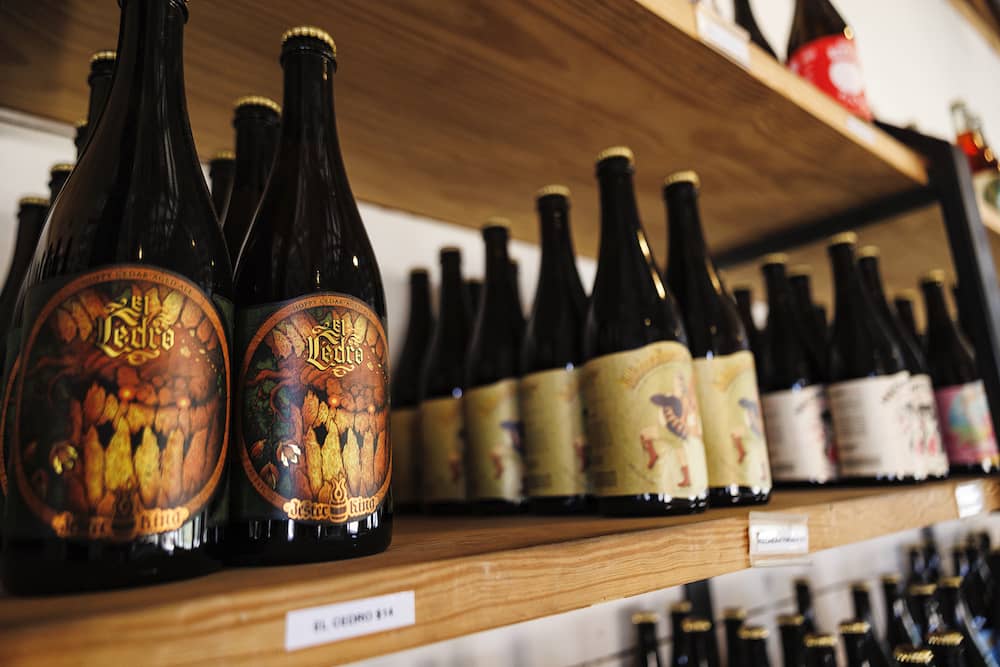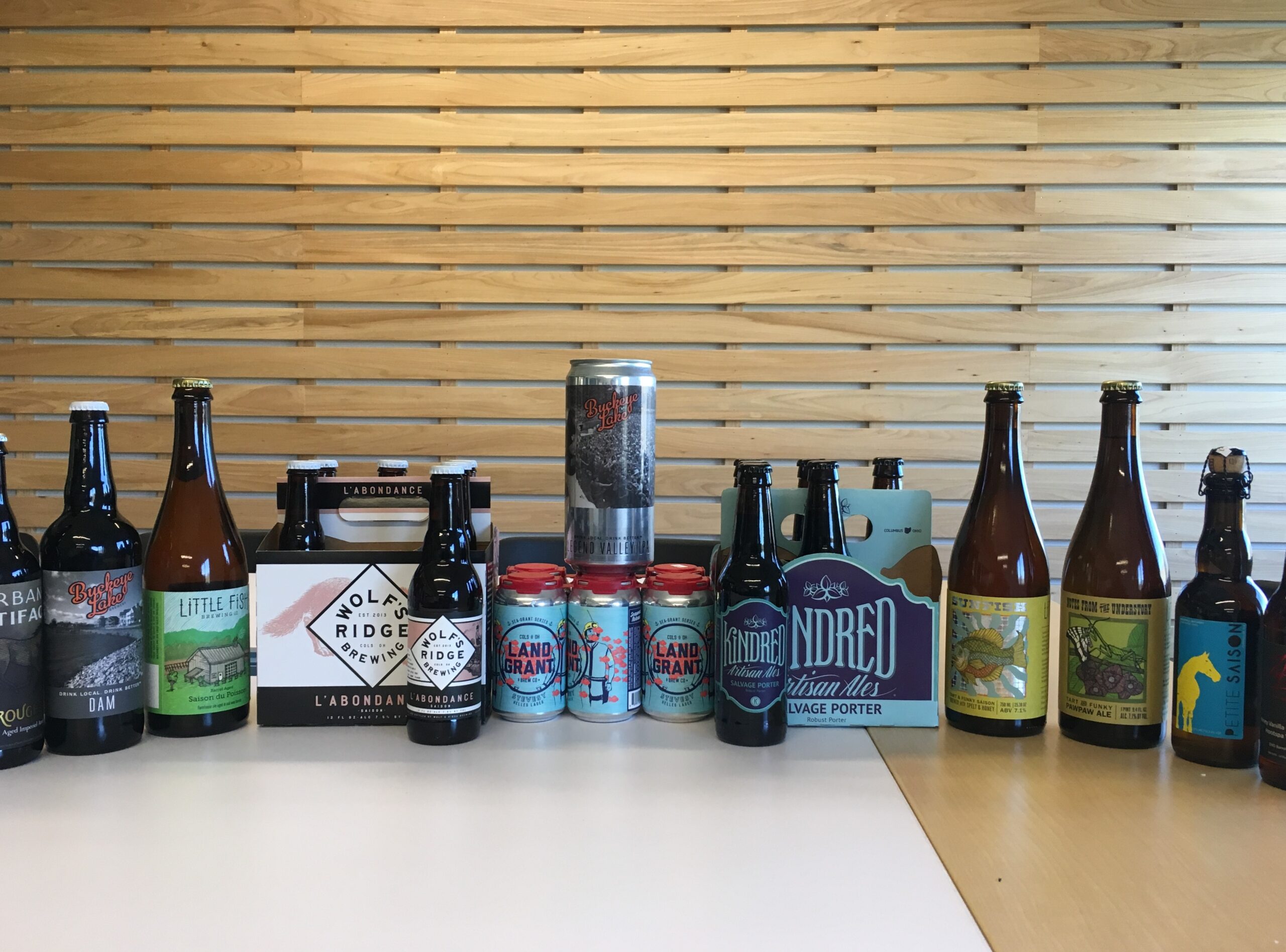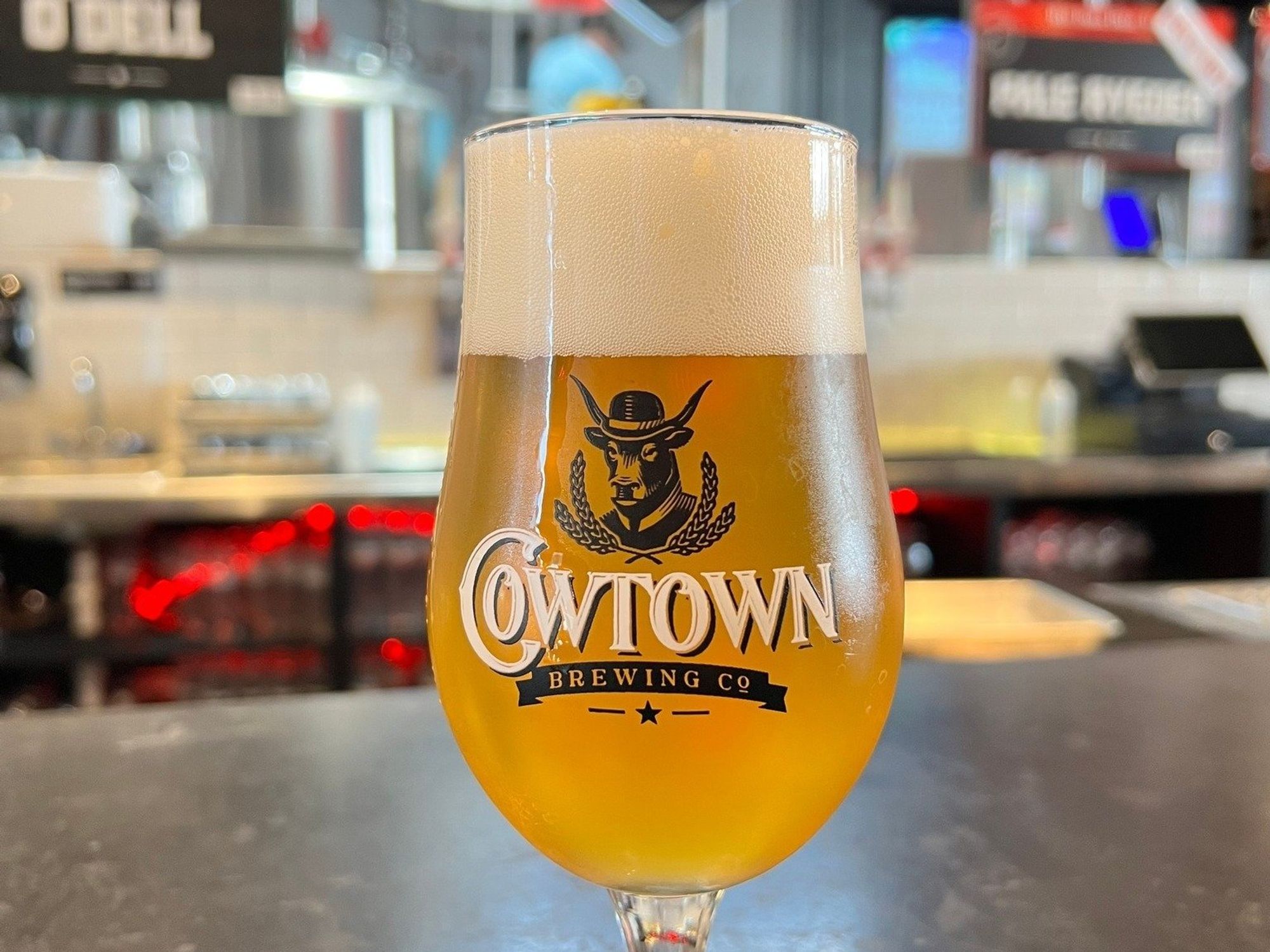Experience the Rich Taste of Galveston Whiskey: Regional Specialties
Experience the Rich Taste of Galveston Whiskey: Regional Specialties
Blog Article
Mastering the Craft of Distillation: a Deep Study Distillery Traditions
Discovering the detailed art of purification introduces a world soaked in classic practices that have actually shaped the spirits we enjoy today. From the ancient origins of purification strategies to the contemporary advancement of distillery tools, each step in the process lugs with it an abundant tapestry of background and competence. As we dive right into the delicate equilibrium of typical versus contemporary distilling methods and discover the significance of essential components, a much deeper understanding emerges of the extensive influence distillery traditions have on the spirits we relish.
Origins of Distillation Techniques
The growth of distillation strategies has a rich history that traces back to ancient civilizations. The idea of separating components based on their various boiling factors laid the foundation for the advanced purification processes we have today.
The earliest proof of distillation days back to around 3000 BC in Mesopotamia, where clay pots were made use of to boil down fragrances and aromatic oils. The Egyptians better progressed these strategies, utilizing purification for medical purposes and embalming methods. The Greeks, especially numbers like Aristotle and Hippocrates, added to the academic understanding of distillation.
Gradually, purification spread to regions like India, China, and the Middle East, each culture adding its special touch to the craft. The advancement of purification techniques continued with the Middle Ages and the Renaissance, at some point resulting in the varied array of purification procedures utilized in modern-day distilleries worldwide.
Development of Distillery Tools

With developments in technology and a much deeper understanding of the purification process, contemporary distilleries now use a selection of advanced tools to produce spirits of the finest. Today, purification devices includes column stills, reflux stills, and crossbreed stills, each created to satisfy particular purification needs. These modern stills provide better temperature guideline, raised purification accuracy, and higher effectiveness in dividing alcohol from impurities.
Along with stills, distilleries now make use of sophisticated condensers, fermenters, and purification systems to additional fine-tune the distillate. The evolution of distillery equipment proceeds to play a vital duty in shaping the diverse variety of spirits offered out there today.
Standard Vs. Modern Distilling Practices
In analyzing distilling techniques, the comparison between modern and traditional techniques reveals substantial developments in performance and high quality. Traditional distilling techniques typically involve classic methods gave through generations, stressing workmanship and artisanship (Galveston Whiskey). These approaches typically depend on copper pot stills and hand-operated processes that require a high level of ability and experience from the distillers. On the other hand, contemporary distilling practices utilize advanced modern technology and innovation to streamline manufacturing procedures and improve uniformity. Automated systems, electronic controls, and state-of-the-art equipment make it possible for modern-day this post distilleries to create spirits more effectively and with better accuracy.
While standard distilling methods are treasured for their heritage and the distinct flavors they produce, contemporary techniques use advantages in terms of scalability, high quality control, and sustainability. By incorporating scientific advancements and modern design, distillers can maximize manufacturing, decrease waste, and meet the needs these days's market a lot more successfully. Eventually, the choice in between modern and traditional distilling techniques usually depends upon the distillery's goals, worths, and target market.
Key Active Ingredients in Purification Process
Within the craft of purification, the choice of essential active ingredients plays an essential duty in establishing the taste profile and quality of the spirits produced. The key components used in the purification process are typically water, yeast, and a fermentable resource such as grains, fruits, or sugarcane.
Water is a fundamental part as it not only thins down the alcohol material to a palatable degree but likewise affects the general mouthfeel and texture of the spirit. The high quality and mineral content of the water utilized can significantly affect the final item.
Yeast is an additional vital ingredient that converts the sugars existing in the fermentable source right into alcohol through the process of fermentation. Various strains of yeast can create differing flavors and scents, adding to the unique qualities of the spirit.

Effect of Distillery Traditions on Spirits
The influence of historical distillery customs on spirits extends past the selection of vital ingredients, forming the extremely essence and personality of the final distilled items (Galveston Whiskey). These traditions, gave through generations, play a vital role in specifying the unique preference accounts and top qualities that identify one spirit from one more
Distillery practices encompass a large range of methods, from the specific methods made use of in distillation to the option old processes utilized. The use of standard copper pot stills in bourbon production is believed to give particular flavors and qualities that are extremely valued by aficionados. The aging of spirits in oak barrels, a method deeply rooted in distilling practices, adds to the growth of complex aromas and flavors over time.

Conclusion
From the beginnings of distillation methods to the contemporary methods, the effect of distillery customs on spirits is indisputable. Distillery customs play a crucial function in shaping the spirits market and protecting the heritage of distillation practices.
Throughout click to read more the history of distillation, the tools made use of in distilleries has actually gone through considerable development to improve effectiveness and quality of the distillation procedure.With innovations in modern technology and a much deeper understanding of the distillation process, modern distilleries currently use a range of sophisticated equipment to generate spirits of the highest possible high quality. Today, distillation tools consists of column stills, reflux stills, and crossbreed stills, each developed to cater to details purification needs. From the origins of purification methods to the modern techniques, the effect of distillery traditions on spirits is undeniable. Distillery practices play an important role in forming the spirits market and preserving the heritage of purification practices.
Report this page